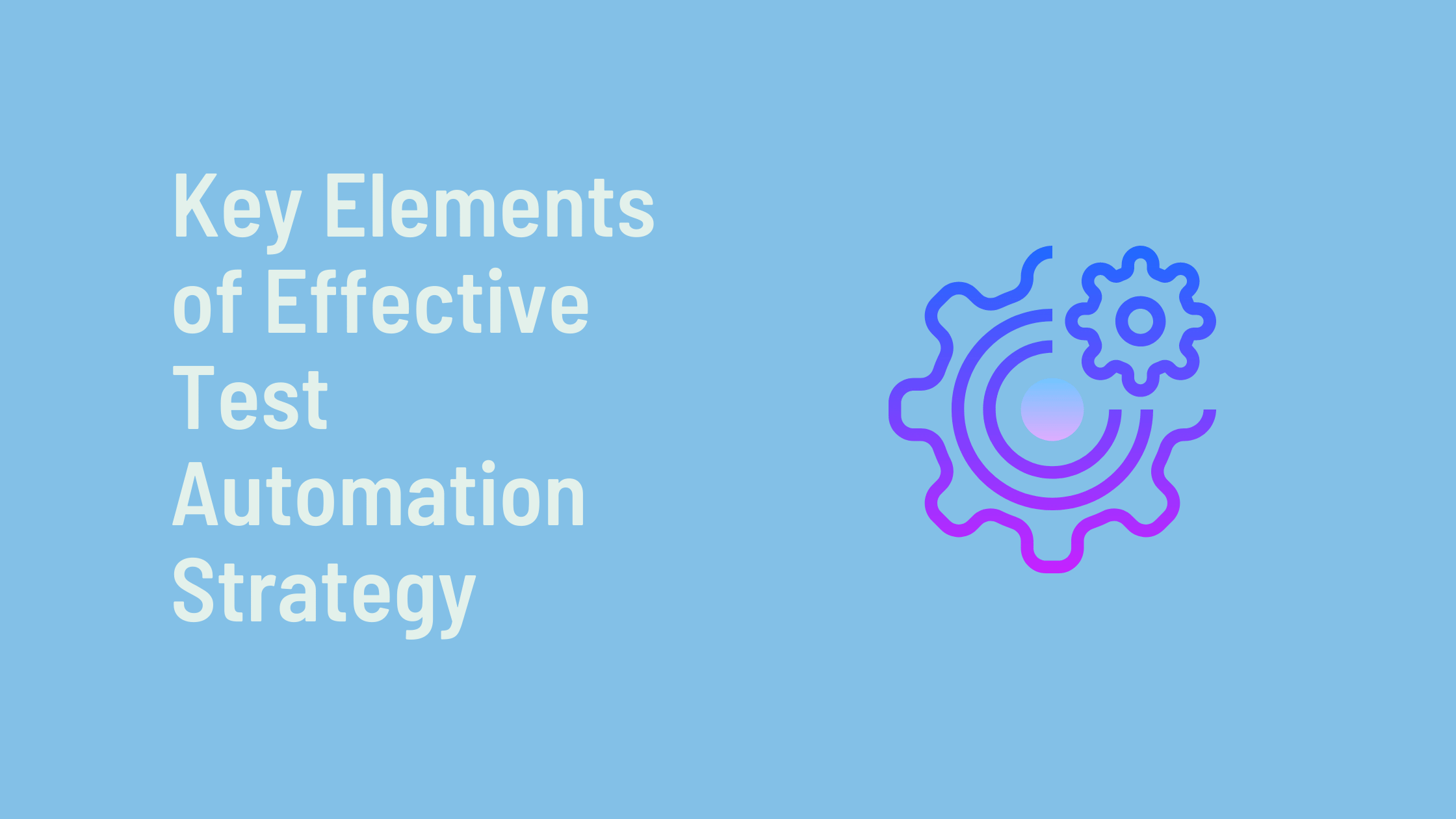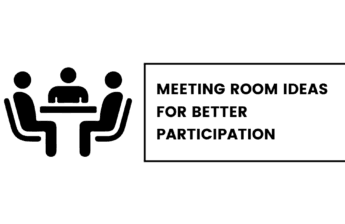Software testing is a process to verify the software’s functionality and reliability. It helps find defects, errors, and other quality problems during software development.
To maintain high-quality product releases, a company needs to have a test automation strategy to help achieve its goals. So in this article, let us go through the key elements that assist us in building an effective test automation strategy.
How to Build an Awesome Test Automation Strategy That Pays Off in the Long Run
This section will provide you with some advice that can help you build a terrific test automation strategy that pays off in the long run.
- Define Scope and Goals: The first step to building a terrific test automation strategy is defining the tests’ scope and goals. This will allow you to identify what types of tests are necessary for your specific business needs. You can also ensure that you are not overloading your team with too many complex tests by defining a scope of fewer, more important checks.
- Establish the Test Approach: Next, establish the approach of your test automation strategy by determining which type of testing framework is best for your team’s needs. The best way is to use a structured testing pyramid. The testing pyramid describes the different types of tests included in an automated test suite. It also lays out the order in which these tests should be performed and how often they should be performed. The goal is to provide rapid feedback, so that code changes don’t break existing functionality. Quick results also contribute to faster improvements and, ultimately, a shorter time-to-market.
- Selecting the right tool for test automation strategy: Test automation is a great way to reduce risks and increase quality, but it can be difficult for managers to determine which tools are best for their needs. You should consider the size of your team, the level of complexity in your codebase, the level of technical expertise required for maintainability, and what framework you’re using.
- Design Test Cases: Once you decide on your test approach and the tools you’re using, you can start creating test cases. If you’re new to test automation, it would be best to contact some experts first. Don’t train manual testers to be automation testers overnight. They’ll need someone experienced there to help them along the way.
- Execution Stage: To ensure a product can perform well, each product component must be thoroughly tested. Test isolated components first and then work your way up to a broader regression test. After every change made to the code, regression tests need to be run to ensure it hasn’t affected any existing features.
When you’re starting to plan for your test automation strategy, you’ll need to put together a clear day-to-day checklist. It’s beneficial if you have a CI/CD pipeline in place. It automates what developers usually do when they push code to version control, run tests, write automated QA scripts and keep the build ready for deployment, saving a ton of time.
It’s a good idea to have a strategic test automation process in order to identify and eliminate any errors that can be expected through manual testing. A framework also helps teams save money and time during testing. For one, it makes it possible to repeat the process easily- which helps confirm the app is working well. It also has a recyclable factor where if you update your test scripts with new features, then that will also apply to any other tests that require it.






